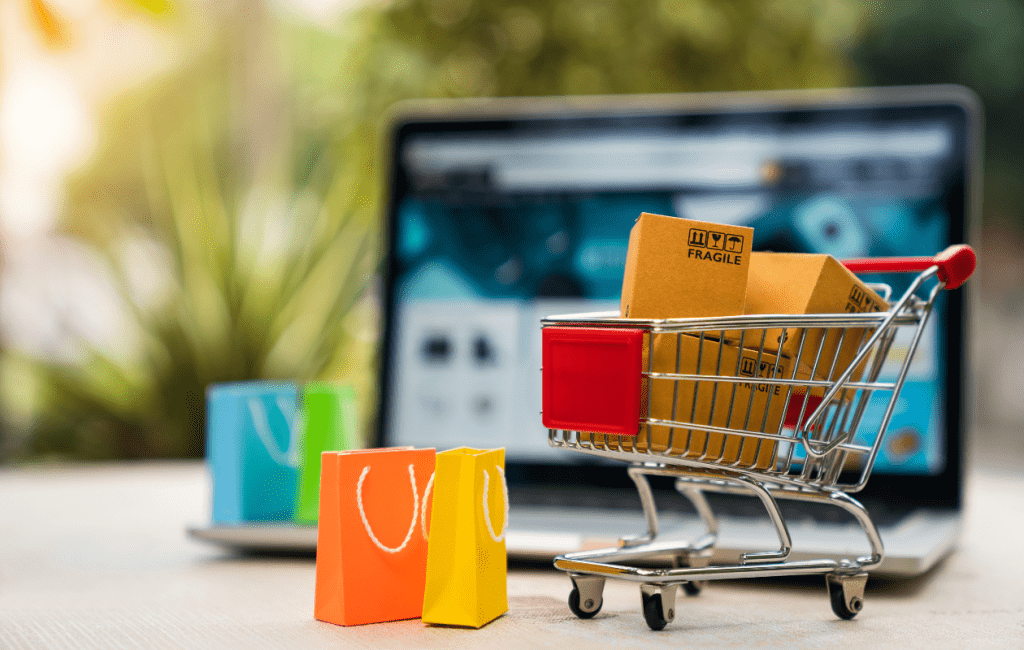Ever wonder why that shirt you had in your virtual basket suddenly shows up when you’re browsing Instagram? That’s not sorcery it’s omnichannel marketing. It links every way you engage with a brand whether at a store, on websites, social media, apps, or even text messages. Consumers today switch between these channels constantly, and if it feels seamless and cohesive, they’ll likely purchase and spend more. In brief, omnichannel is about connecting with customers where they are and leading them seamlessly to what they desire.
Consistent Brand Experience

McKinsey emphasizes that omnichannel is about building a smooth, consistent experience through all touch points—stores, apps, websites, and social media. Consumers want consistent information, product availability, and service whether online or offline. Disconnected channels mean lost sales.
Retailers such as Nike are successful because their in-store and digital experiences are joined up, with in-store technology, apps, and loyalty schemes amplifying the same brand identity.

Role Of Social Media in Omnichannel
Social media has an immense ability to fortify omnichannel strategies because it retains the customer journey intact even when individuals are not necessarily shopping. For instance, if you view products on a website but don’t purchase, viewing the same product pop up on Instagram or
Know more about Omnichannel in Social Media
Facebook feels like a logical follow through of shopping. This retargeting reminds them of the interest they expressed, making the process from “just looking” to buying much more effortless. Social sites also enable brands to tailor messages, highlight offers, and even offer customer service maintaining cohesion across all touchpoints.Far beyond sales, social media extends a brand into the customer’s lifestyle and social life. Nike is an excellent example: with its SNKRS app and Run Club, it merges shopping with collective experiences, chats, and challenge with your friends sessions. This shifts the brand away from becoming “just a store” to becoming part of users’ everyday routines and identities. By combining social interaction with apps, loyalty programs, and retail stores, brands not only foster long-term relationships but also ensure that the whole experience online or offline feels frictionless and interesting.
Buy Online, Pick Up In-Store (BOPIS)
(BOPIS)Buy Online, Pick Up In Store is like blending the goodness of both worlds. You buy online while you’re lounging at home, and rather than waiting days, you just walk into the store and take it with you, or even have it delivered curbside. This was a huge thing during the pandemic in India as well, and now all of us still prefer it because it’s quick, safe, and avoids the drama of delayed deliveries.

Consider Reliance Trends or Shoppers Stop you can shop for clothes, order online, and then collect them from the most convenient nearby outlet without any trouble. Big Bazaar (prior to it closing down) and now Reliance Smart Bazaar used to do the same with groceries: order online, collect offline. Even Croma and Tata Cliq facilitate easily arranging your gadgets online and collecting them the same day. For today’s youth, who are accustomed to wanting things instant and convenient, BOPIS is essentially the sweet spot it’s not only convenient, it’s like shopping on your terms.
How AI can Help in Omnichannel?
Retail AI is essentially having a super-intelligent shopping friend who understands your taste, your wallet, and even what you will need next. Rather than crazy pop-ups or bland deals, AI recommends stuff based on your shopping and browsing records such as that “you might also like” category on Myntra or Amazon that actually displays items you’d actually consider. McKinsey has estimated this type of personalization can increase sales by 5–15%, which is massive, but that it only pays off if brands put in good tech and bridge their online + offline worlds.
Imagine how Sephora recommends the perfect shade of foundation, or how Nykaa pushes product reminders on you when you’ve been wanting it. In India, Zomato and Flipkart also leverage AI big time suggesting offers, reminding you of forsaken carts, or displaying trending recommendations. For youngsters, it’s less “shopping” and more like the app is guessing your mind (in a positive manner!). AI powered retail makes the experience smarter, quicker, and more personal making shopping a chore no more, but a vibe!.
How to adapt your business for G-Zen Audience
Mobile is at the heart of contemporary omnichannel. Apps are no longer used solely for shopping instead, they are part of brand ecosystems. Nike apps bridge workouts, events, and shopping, while Sephora’s app facilitates consultations, product scanning, and loyalty benefits. Best Buy even facilitates “scan to shop.” McKinsey also points out that consumers might go through several different devices (mobile, web, in-store technology) before finalizing a purchase, demonstrating mobile is an important driver now within the customer journey.
Rise of M-commerce (Mobile Marketing)
Mobile commerce, or M-commerce, is no longer about “buying on your phone” anymore. It’s now the center of the entire omnichannel experience because our phones are always on us. McKinsey highlights that today’s consumers tend to switch devices before they even buy scrolling on mobile, compare on desktop, and then perhaps completing the purchase in-store. This makes mobile the glue that binds the whole journey together.
Brands are pushing it further by making apps mini-ecosystems, not checkout tools. Nike apps integrate fitness tracking, special product drops, and events to integrate the brand into your lifestyle. Sephora’s app transcends buying with virtual consultations, in-store product scanning, and rewards that sync everywhere you go. Even tech stores like Best Buy allow you to scan barcodes on your phone to get information or purchase instantly. In brief, M-commerce personalizes, portable, and connects shopping placing the whole brand into your pocket.
FAQ
Omnichannel means creating a seamless shopping experience across all platforms stores, websites, apps, social media, emails, and even SMS. It’s about making sure customers feel connected with the brand no matter where they shop.
Multichannel means selling on many platforms (store, website, app, etc.), but they often work separately. Omnichannel connects all these platforms so the experience feels unified and consistent.
Because customers lose trust if product information, prices, or service differs across channels. Consistency builds loyalty and keeps shoppers coming back.
Yes! Studies show most shoppers switch between 3–5 channels (like app, website, and store) before buying just one item.
Absolutely. AI now suggests what you might like, powers chatbots, predicts demand, and even helps stores stock the right products at the right time.

